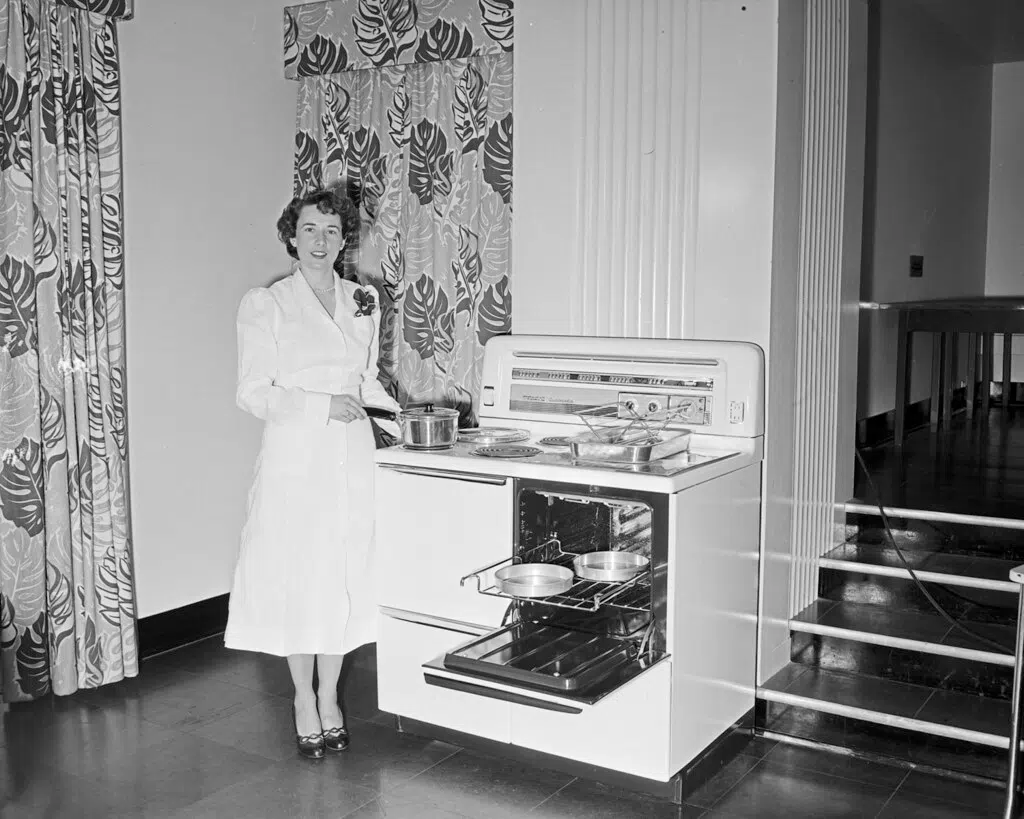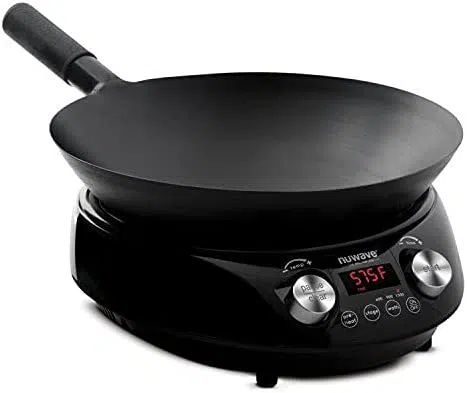Don’t Throw Out that Old Electric Coil Stove for an Induction Top Yet
While induction is a great alternative to gas units, if you have an electric coil stove, now is not the time to upgrade to a shiny new induction top.

Induction technology is cool. It heats food faster, wastes less energy, and offers gas-like control over simmering and other features associated with gas stoves. But as the nation rapidly converts to all-electric living, it’s neither economical nor sensible to “upgrade” an old coil stove to an induction top. Here’s why:
Coil Tops are More Durable, If Less Responsive
Surveys suggest 18 years is the average, but I’d anecdotally put the number even higher. I’ve owned and renovated multiple properties with electric combination ranges in the 25-30 year old vintage that still work fine, especially if the cooktop coils have been replaced every few years—an easy DIY project.
Induction tops to date have an average lifespan of just 10 years. More importantly, the heating elements are not DIY replaceable.
Consumer reports did an analysis comparing induction brands recently. Their nationwide survey found that, not surprisingly, more expensive brands in the $2000 price range, such as the GE Profile PHP9030DJBB Cooktop, reportedly had the fewest repair issues and the best performance. One reviewer reported, for example, that the top was “as good or better than a gas range with regard to heat control.”
But Induction Tops Cook Better Than Coils
This is true. For people who do serious cooking, induction offers a “gas-like” cooking experience, because of they rapid response and special characteristics of magnetic induction.
Not only can you cook with cast iron or stainless steel instead of dubious Teflon-coated cookware, you can heat things more rapidly, simmer them more precisely, and generally get a cooking experience much closer to that of gas ranges.
Replacing Gas and Coil Electric Tops: What’s the Eco-Impact?
Research has shown that for so called certain types of appliances, sometimes called “white goods” such as refrigerators, clothes washers, and dishwashers, about 90 percent of the total CO2 impact happens during the use phase, not manufacturing. This does NOT appear to be true, however for cooking ranges, depending to some extent on the amount of cooking in the household (see below). This raises the valid concern that ditching coil-type stoves or gas cooktops for induction models creates the two-fold negative climate impact of disposing of the old one, plus producing the new product.
On the former point, most of the metal in old stoves can be recycled and reused. Under ideal conditions, their disposal impact can be minimized, and rolled into the life cycle process for future products.

Coil-type electric cooktops and ranges have a long history of durability. They’re not as efficient as induction technology, but all things considered, upgrading doesn’t make ecological sense right now.
The bigger concern is performance: Will the energy savings offered by the induction top ultimately compensate for the new CO2 produced? According to energystar.gov, “Conventional residential cooking tops typically employ gas or resistance heating elements to transfer energy with efficiencies of approximately 32% and 75-80% respectively.” Induction tops, at up to 90 percent efficiency, improve on gas range efficiency by almost 60 percent.
For gas stove replacement, then, energy payback adds up quickly. Induction tops also don’t produce the toxic byproducts of gas combustion. This suggests that an induction top would result in a better-than-zero reduction of CO2 pollution over a gas equivalent in just a few years.
For electric coil upgrades to induction, the savings is less significant, and depends somewhat on how much cooking the owner does day by day. This website lets you plug in time, wattage and other variables to estimate energy usage of your stovetop. Try it yourself, based on your own cooking habits, to see what the annual cost is to run your current top, versus a new induction version. You can probably cut your cooking time down by 10 percent too, so include that reduction.
A Rough Calculation Comparing Coil Electric and Induction Impacts


As an example, I reduced the total power use and hours per day to derive an annual dollar savings for induction. In this example, I’d spend $42 less each year to run the top, or a total of .57kWh less per day. Producing one kilowatt-hour of energy on average creates about 1 lb. of CO2 pollution. So we would be saving about 208 lbs. of CO2 annually, using the induction top. While estimates of the total embodied energy in a stovetop are hard to come by, rough figures I found suggest 7,000 to 10,000 lbs. of CO2 pollution produced. That means an induction cooktop would need to be used consistently for 33 years at the minimum (assuming it would last that long) before its annual energy savings would “pay off” the initial impact of creating the new appliance, versus keeping the old coil unit.

Low-priced induction woks (under $200) are available for home use, although serious chefs may opt for restaurant-ready versions that compare in price to multi-burner induction tops. Image: Amazon
The bottom line: The best policy going forward is to phase out gas cooktops immediately, as many jurisdictions are already doing, but to let the transition from coil electric to induction happen more organically, over the next 20 years or so. In the meantime, manufacturers owe us better induction products, with greater durability and repairable components. It’s a good technology, but it’s not perfect.
What About Induction Woks?
Some of the pushback against conversion from gas to induction cooktops has come from people who use woks as a mainstay of their business or home cooking. But numerous versions of wok induction cookers are available, ranging from small residential ones like the model shown, to large commercial offerings.
Publisher’s Note: This content is made possible by our Today’s Homeowner Campaign Sponsors: Whirlpool and Carrier. These companies take sustainability seriously, in both their products and their operations. Learn more about building and buying homes that are more affordable and less resource intensive.















![Toni Kroos là ai? [ sự thật về tiểu sử đầy đủ Toni Kroos ]](https://evbn.org/wp-content/uploads/New-Project-6635-1671934592.jpg)


